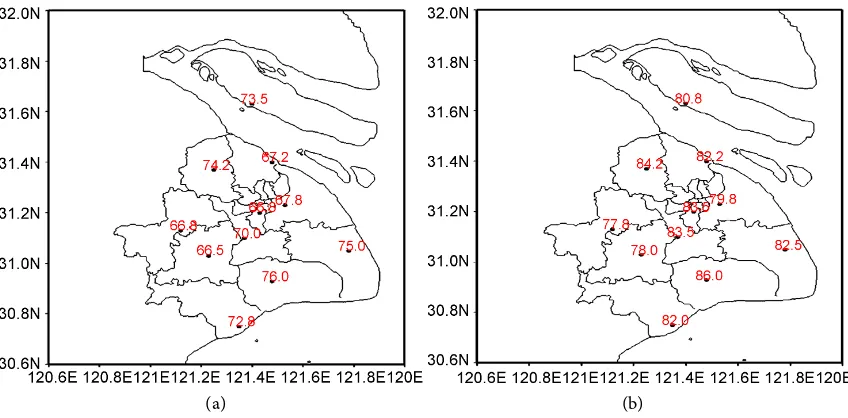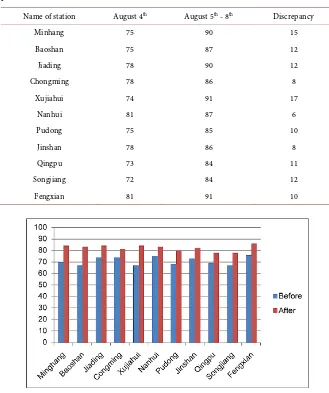Analysis of the Positive Effect from the Typhoon Saomai to the Hydrothermal Environment of Shanghai
Full text
Figure
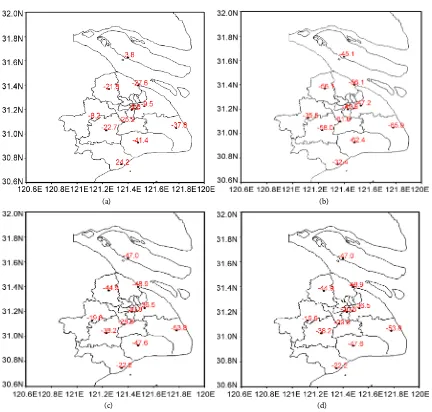
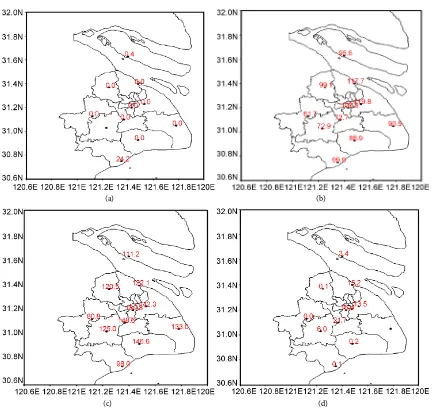
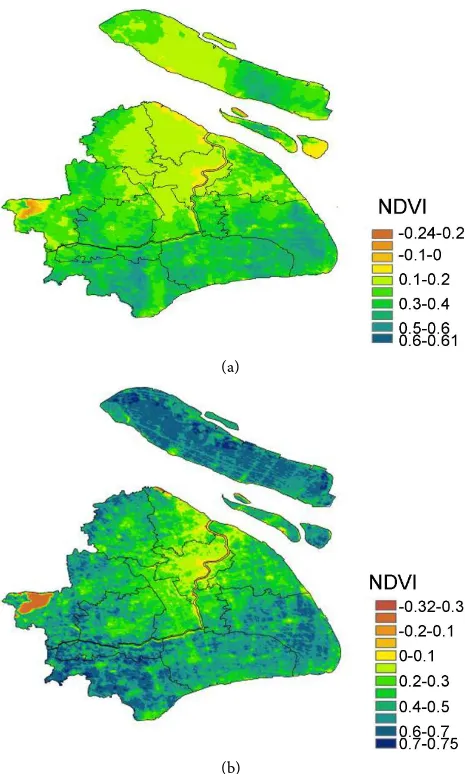
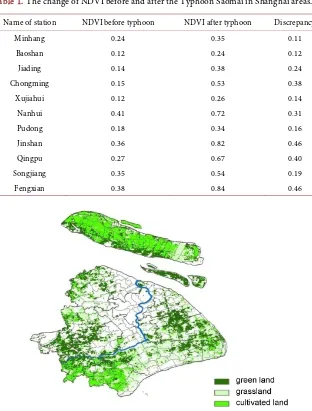
Related documents
Parametric and non-parametric models were used to relate reference biomass levels obtained from field plot measurements and high point density lidar data to backscatter intensities
This retrieval approach is tested in this study using airborne L-band data over an area the size of a SMOS pixel characterised by a mix Eucalypt forest and moderate vegetation
In this study, the baseline brightness temperature downscaling method for the SMAP mission (Das et al., 2014), which is based on the assumption of a near-linear relationship
Methodology The effects of water fraction on SMOS and SMAP brightness temperature observations and soil moisture retrieval accuracy were investigated in three steps as follows: i
Remote Sensing of Environment 168 (2015) 146–162 Contents lists available at ScienceDirect Remote Sensing of Environment journal homepage www elsevier com/locate/rse SMOS soil
In the correlation analysis the WaterDyn product had the strongest agreement with in situ measurements across all products considered in this study, and most consistently
The objectives of this study are to investigate the potential of assimilat- ing SMOS data, either as downscaled soil moisture, coarse-scale soil moisture retrievals or
This article covers the development and assessment of the SMAP Level 2 Enhanced Passive Soil Moisture Product (L2_SM_P_E).. The product distinguishes itself from the current SMAP
